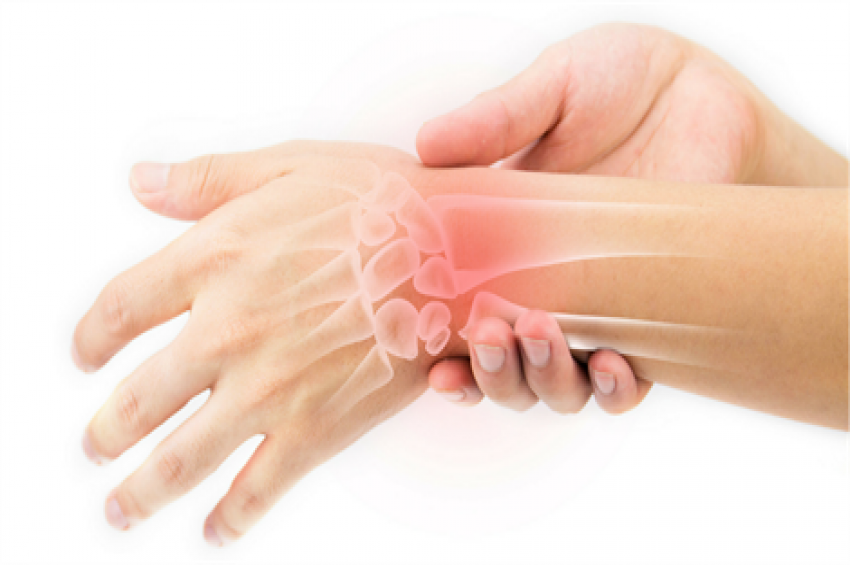

Reprinted from: https://www.amtamassage.org/articles/3/MTJ/detail/2807
That massage therapy can be effective in helping relieve pain is fairly well-established. Knowing this opens up a great deal of opportunity for massage therapists, especially when you think about the myriad conditions—from fibromyalgia to lupus to arthritis—that have pain as a primary symptom.
One area where research indicates massage therapy is showing some real promise is with rheumatoid arthritis.
With clients who have arthritis, your intake is likely going to have to be a little longer and more detailed. “Allow a longer time so the client can tell the history of their disease, as well as treatments they’ve previously tried,” advises Nancy Hess, owner of A Still Place in Oak Park, Illinois. “This gives the therapist more information, but more importantly, allows the client to be heard.”
You’re also going to need to ask what medications, if any, the client is taking for their arthritis and be familiar with potential side effects. “Evaluate the range of motion of each of the affected joints,” explains Mary Ann Benitez, owner of Masajes Therapeutic Massage in Knoxville, Tennessee. “Try to determine how to best—and if—to mobilize.”
This population may need a little gentler touch. As some recent research suggests, however, that doesn’t mean you should be afraid to use moderate pressure.
“We start with more gentle techniques that focus on circulation,” says Sandy Saldano, a 25-year-plus veteran and president at Therapeutic Knead in Highland Park, Illinois. Using techniques such as effleurage, Swedish massage and craniosacral therapy, Saldano typically works with her clients suffering from arthritis for about an hour, focusing on the areas where they are currently experiencing pain.
Hess uses some of the same techniques as Saldano when working with clients who suffer from rheumatoid arthritis, though sometimes her clients remain clothed during the session, depending on how bad their arthritis is.
“Some like a lighter touch, but not necessarily,” Hess explains. “These clients may have come to experience their bodies as the enemy. Allowing them to experience relief in even a part of their bodies can be very helpful.”
Remember, these clients are probably going to be in some kind of pain when they come to see you, so you need to be aware of places in their body that might not be suited for massage therapy during any given session.
“Don’t work right at a joint during a major flare-up,” says Hess. “Reschedule or work on surrounding areas only, and no deep pressure.”
Additionally, Saldano sees the benefits massage therapy offers her clients reinforced by regular massage sessions. “Many clients who can continue regular therapy have discovered that their pain not only decreased, but their activity levels increased, thereby helping the pain to stabilize to a tolerable level,” she says.
No matter the cause, pain can be a pretty significant factor in sleep disturbance, so be aware of this problem when working with clients who have arthritis.
“Sleep disturbances are a real contributor to pain syndrome,” notes Tiffany Field, PhD, director of the Touch Research Institute at the University of Miami School of Medicine. “It’s sort of like a vicious cycle because you have sleep disturbance, then you have pain syndrome, and when you have pain syndrome, you can’t sleep.”
Most, if not all, of these clients are going to be working with other health care providers, so you need a good understanding of other treatments they’re using. Again, know what medications they’re using, as well as if they see a physical therapist, for example.
Additionally, you have to be aware of when it’s time to refer to a specialist. Perhaps it’s another massage therapist who you know has additional education in helping people with arthritis.
Or, maybe you need them to get a referral from their rheumatologist before a massage therapy session because you’ve noticed swelling or joint pain that wasn’t present before. Whatever the case, knowing when you need to involve other health care providers is crucial.
For this group of clients especially, helping them find relief between massage sessions is beneficial. Any self-massage techniques you can share with your clients dealing with pain will be helpful.